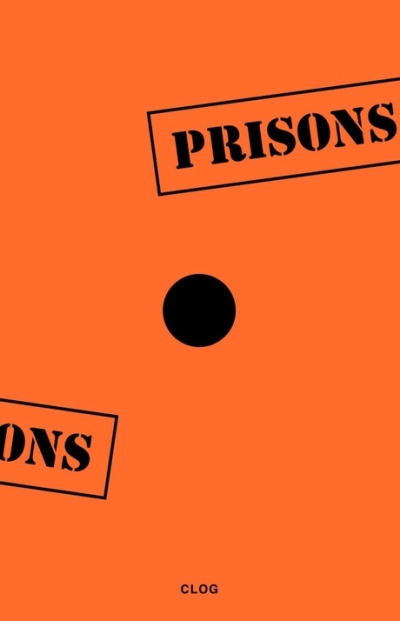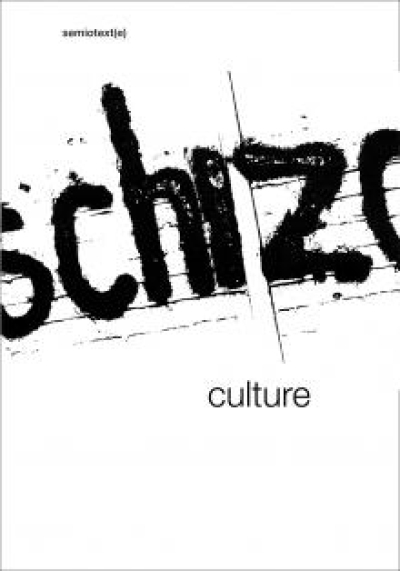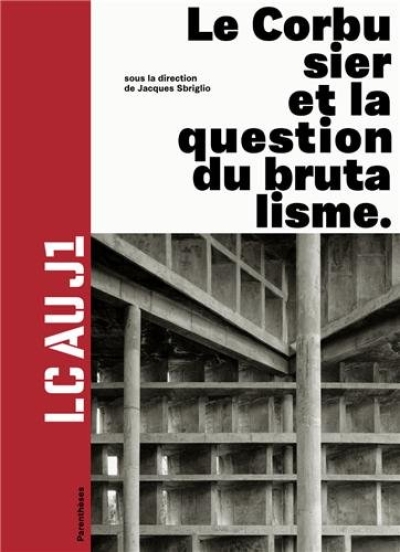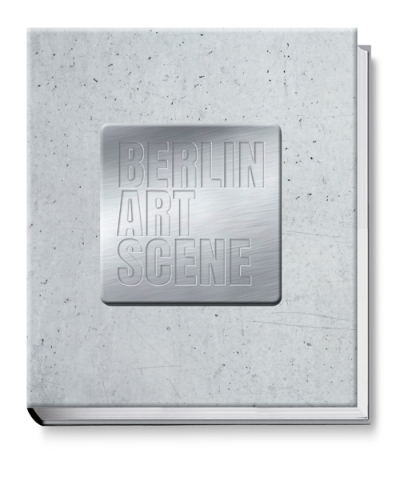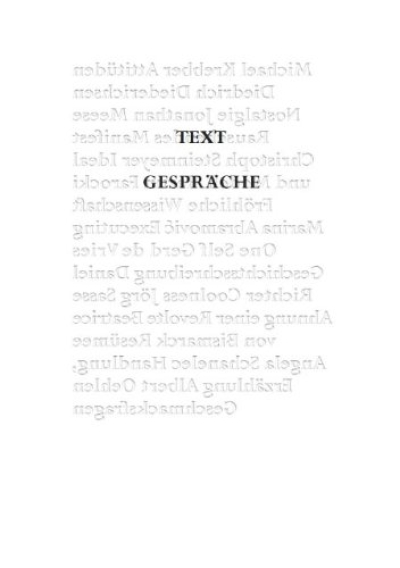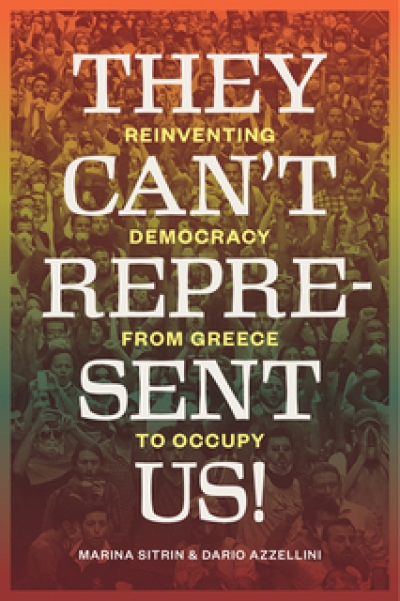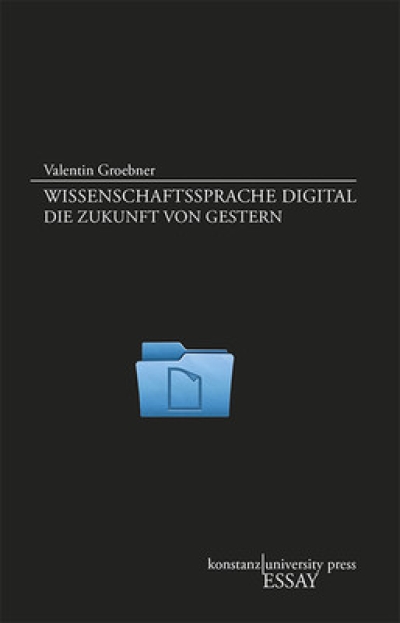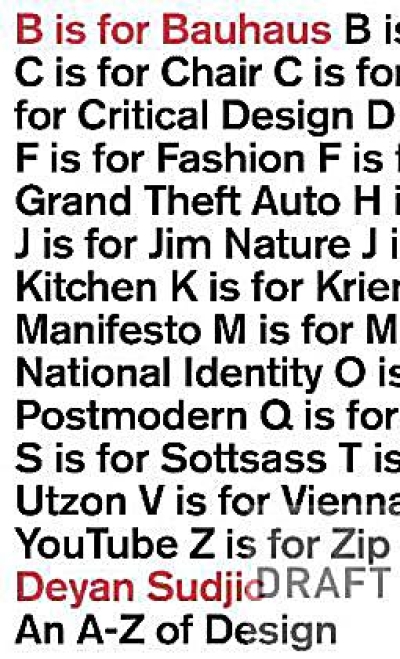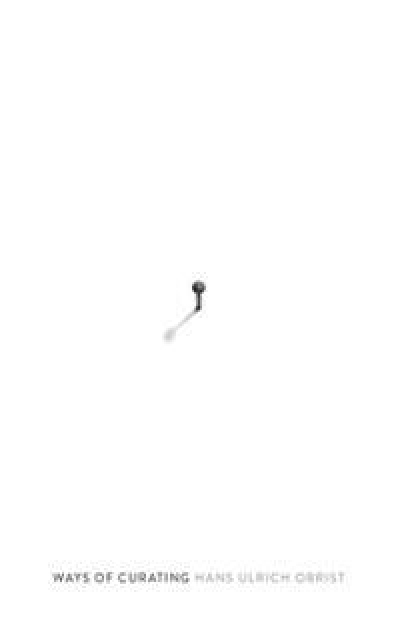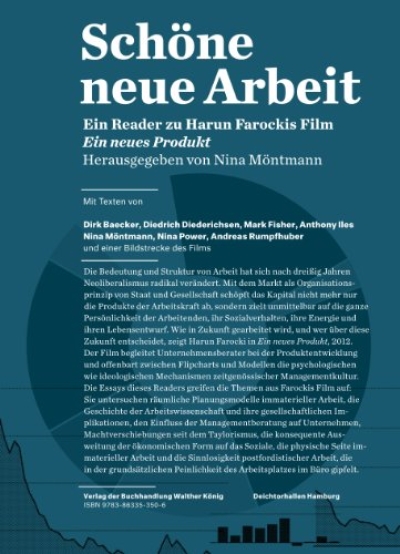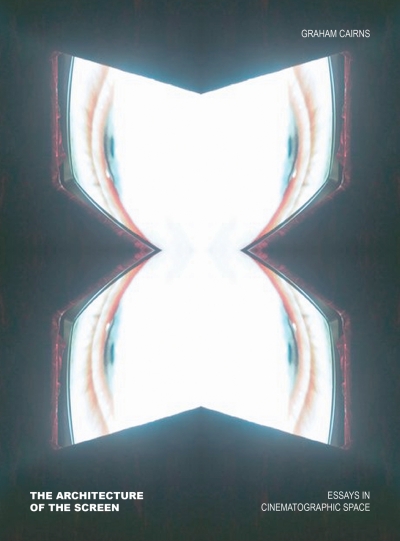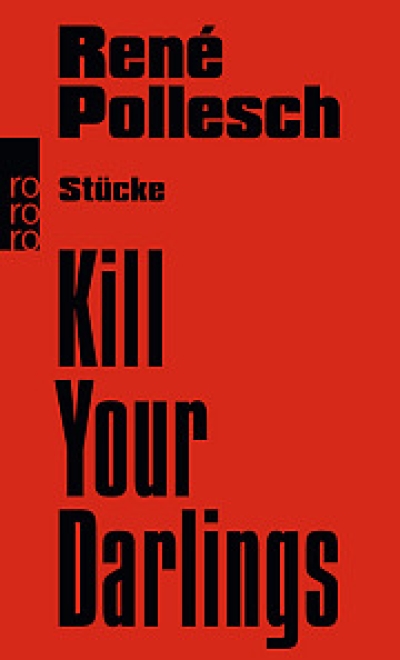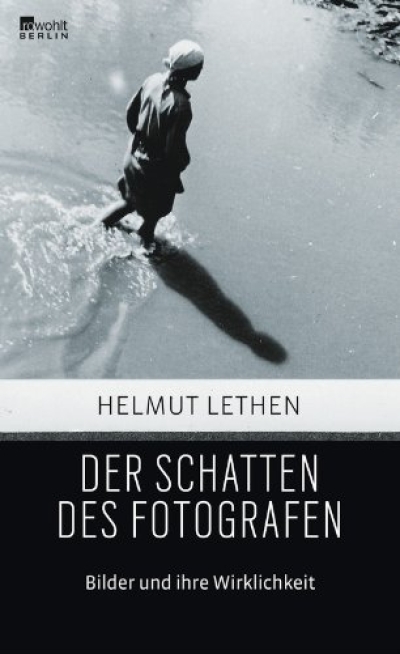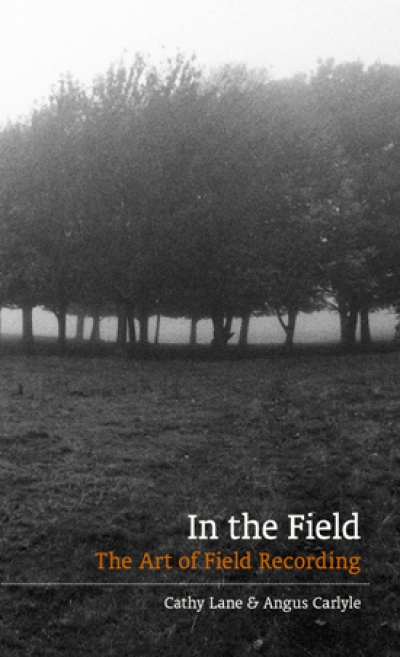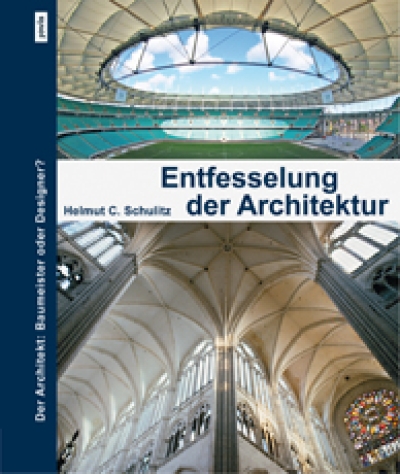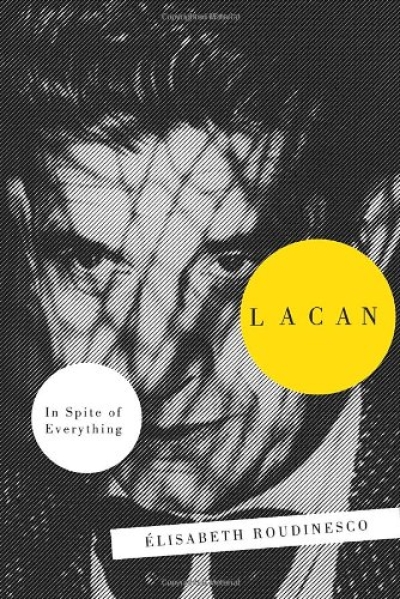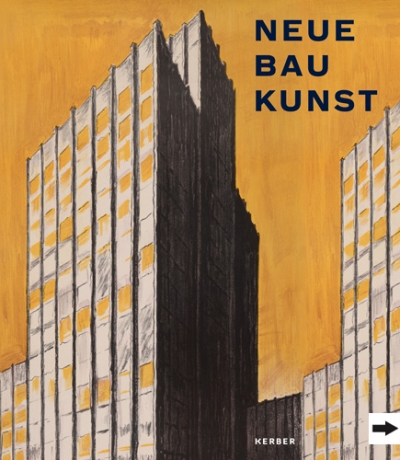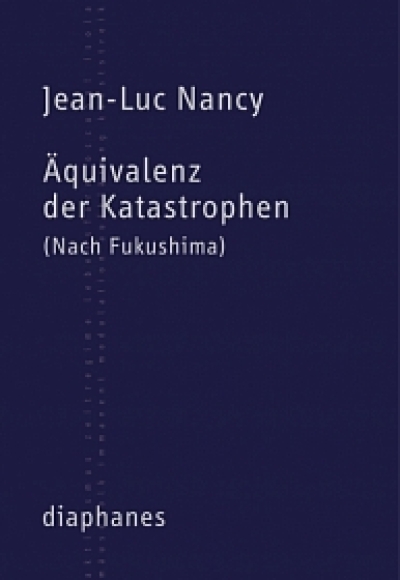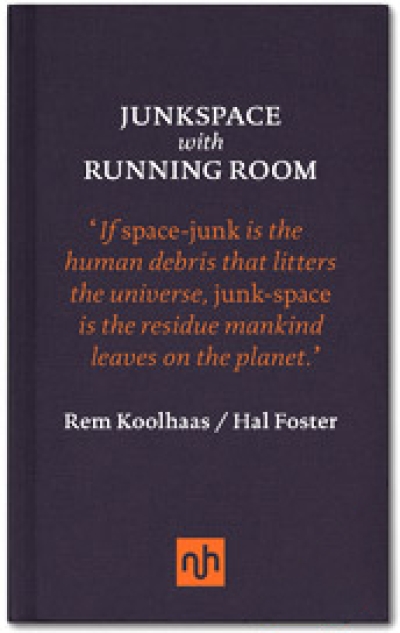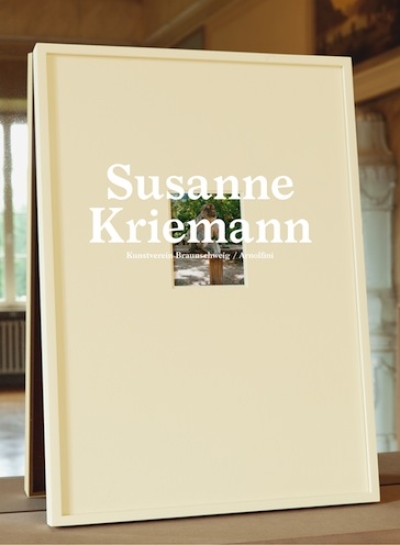
Style and Epoch. Issues in Modern Architecture
Originally published in Moscow in 1924, Moisei Iakovlevich Ginzburg's book Style and Epoch is considered by many to be the single most important piece of writing on architecture to come out of Russia in this century.
Preface by Kenneth Frampton
Moisei Iakovlevich Ginzburg, one of the founders and chief spokesmen of the Constructivist movement in Soviet architecture, combined the talents of scholar, theoretician, writer, and practicing architect. Originally published in Moscow in 1924, his book Style and Epoch is considered by many to be the single most important piece of writing on architecture to come out of Russia in this century. It elucidates the aims and ideals of a Constructivist architecture, providing what is essentially an official manifesto of the Constructivist program and becoming the cornerstone of virtually all of the Constructivist writings that followed. Its translation makes available to English readers one of the seminal works of modern architectural theory. Style and Epoch has often been compared to Le Corbusier's Vers Une Architecture (published the year before Ginzburg's book) as a classic of early twentieth-century architectural thought.
In it, Ginzburg expresses admiration for the products of engineering and machine technology and voices dismay at the failure to apply the means of that technology to improving architecture. By virtue of his unusually broad education; Ginzburg was able to draw upon elements of Western architecture and literature in such a way as to connect the Russian avant-garde with the simultaneously evolving network of progressive European movements. The result is a cogent analysis of architectural composition from antiquity to modern times in which Ginzburg attempts to plot those universal laws that determine any work of architecture, and proposes a systematic design method that is both rational and humane. An Oppositions Book.
Moisei Ginzburg was an architect, theorist, teacher, and a leader of the Constructivist group in Soviet avant-garde architecture. Born in Minsk in 1896 into an architect's family, he went abroad to Italy and France for his architectural training. He settled in Moscow, where he taught architectural history and theory at the Moscow High Technical School and in the architecture faculty at the Vkhutemas Art School. An influential young pedagogue, Ginzburg published discerning critiques of modern architecture. His magnum opus, Style and Epoch (1924), emphasized the civilizing role of the machine and its capacity to rationalize new building types consistent with the needs of the working class. Asserting that the revolution had engendered a new constructive phase of architectural development, Ginzburg's treatise was essentially a manifesto of Constructivism as the architectural style of the new Soviet era.
